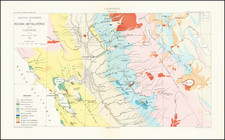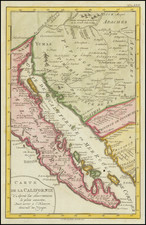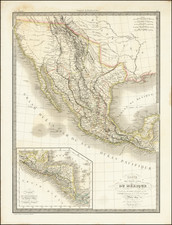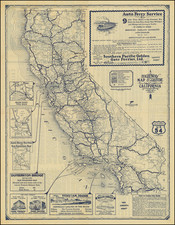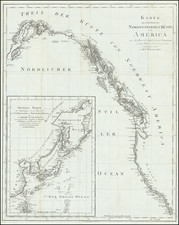This detailed map, titled "Map Showing Location of Lotus Oil Co. McKittrick District. Kern Co. Cal.", dates to around 1915 and provides an extensive layout of the land holdings, oil leases, and transportation infrastructure within the McKittrick oil district in Kern County, California.
The McKittrick Oil Fields are among the oldest in California, and this map is a valuable document for understanding the complex network of oil production and land ownership during this period of intense industrial activity.
During the early 20th century, Kern County emerged as a significant center for oil production in California. The McKittrick district, specifically, was renowned for its abundant oil reserves. This era saw rapid industrial expansion driven by the burgeoning demand for oil, a critical resource for fueling the nation's growing transportation and industrial sectors. The development of oil infrastructure, including the establishment of companies such as Lotus Oil Co., played a crucial role in shaping the economic landscape of the region.
The present map shows the lands owned by Lotus Oil Company, along with a number of other companies active in the region, including Occidental Oil Company, Yosemite Oil Company, McKittrick Extension Oil Company, Los Angeles Oil Company, Knickerbocker Oil Company, Climax Oil Company, Pacific Land Oil Syndicate, and many others. Each parcel of land is carefully labeled with the names of leaseholders or owners, indicating the extensive subdivision and commercial exploitation of the region.
Prominently featured is the Southern Pacific Railroad (SPRR) line, which cuts through the middle of the map. This railroad was a vital transportation artery for the region, facilitating the movement of oil and other goods to and from the oil fields Kern County. The presence of the SPRR underscores the strategic importance of rail transport in supporting the burgeoning oil industry and connecting it to broader markets. Additionally, a road or rail line is shown extending through the lands owned by the Lotus Oil Company and on to Kern and Button Willow, along with the Kern Valley Water Co. Canal, highlighting the essential infrastructure supporting the area's industrial activities.
TThe McKittrick Tar Pits were known to the local Native American population, the Yokuts, from prehistoric times. They used the asphaltum as a sealant, for waterproofing, for decoration, for adhesive, and for trade. In the 1860s, San Joaquin Valley settlers made the first attempts to mine the asphaltum, digging pits, trenches, and tunnels. They refined the viscous substance onsite, making it into lubricating oil and kerosene. In 1896 when the first real oil well was drilled. The Klondike Oil Company's Shamrock discovery, was not only the first major strike in the region, but the first significant oil well in the San Joaquin Valley, and would become one of the richest petroleum regions in the US.









